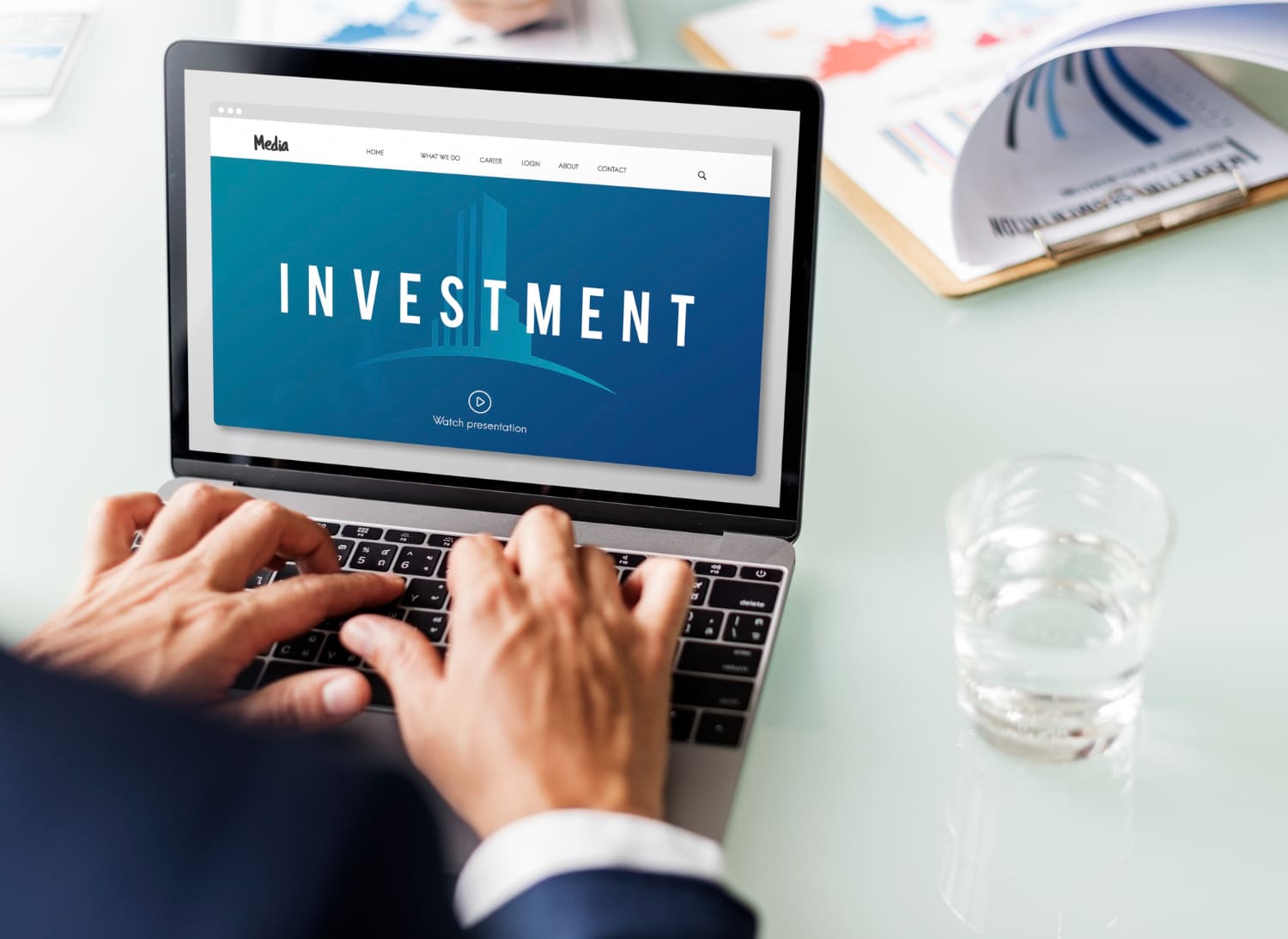Complete guide: How to invest in fixed income with security in 2025

Investing for retirement is one of the most important financial goals for any individual. In 2025, amid economic uncertainty and rising interest rates, choosing to invest in fixed income is more valuable than ever for those seeking steady, low-risk returns.
Fixed income investments have long been seen as a safer, more stable option — especially for conservative investors looking to protect their capital while generating reliable income.
Whether you’re building wealth slowly or seeking to preserve it, this guide will show you how to invest in fixed income strategically in the U.S. market.
What is fixed income, and why should you invest in it?
Fixed income refers to investment products that pay investors a set amount of interest over a predetermined period and return the principal at maturity. These investments are widely used for income generation, portfolio diversification, and capital preservation.
Choosing to invest in fixed income offers one major advantage: predictability. Unlike stocks, which can be highly volatile, fixed income investments provide a consistent income stream.
This makes them especially attractive to retirees or those approaching retirements. They are also accessible and flexible, offering options for both short- and long-term financial goals.
How fixed income differs from stocks
When deciding whether to invest in fixed income or stocks, it’s important to consider risk, return, and volatility.
Fixed income investments are lower risk because their interest payments and maturity values are predetermined, making them less vulnerable to market fluctuations.
Stocks may offer greater long-term growth but come with uncertainty. When you invest in fixed income, you gain stability — something that’s vital during market downturns or later stages of life.
Main types of fixed income investments in the U.S.
The U.S. market offers several opportunities to invest in fixed income, each with unique characteristics, tax rules, and risk levels. Knowing the main types helps you build a smart, diversified portfolio.
U.S. Treasury Securities
Treasuries are the safest way to invest in fixed income. Backed by the U.S. government, they include:
- Treasury Bills (T-Bills): Short-term investments (under one year), sold at a discount.
- Treasury Notes (T-Notes): Maturities from 2 to 10 years, paying interest semiannually.
- Treasury Bonds (T-Bonds): Long-term instruments (up to 30 years).
- TIPS: Treasury Inflation-Protected Securities adjust with the Consumer Price Index to maintain purchasing power.

You can invest in fixed income via Treasuries directly through TreasuryDirect.
Certificates of Deposit (CDs)
CDs offer a fixed rate for a set term and are insured by the FDIC. Though funds are locked for a period, CDs are a low-risk way to invest in fixed income.
They’re ideal for capital protection and predictable returns, available at banks and credit unions.
Municipal bonds
Issued by state and local governments, municipal bonds fund public infrastructure and often provide tax-free income.
If you’re in a high tax bracket and want to invest in fixed income, these are a great choice. Learn more from the Municipal Securities Rulemaking Board.
Corporate bonds
Corporate bonds are issued by companies and often provide higher returns compared to government options.
These range from investment-grade to high-yield (junk) bonds. While riskier, they offer an appealing way to invest in fixed income for those seeking greater yield.
Other options: I Bonds and bond funds
- I Bonds: Adjust for inflation and offer a combination of fixed and variable interest. They’re excellent for anyone wanting to invest in fixed income during inflationary periods.
- Bond funds and ETFs: Provide diversified exposure across multiple bonds, letting you invest in fixed income with reduced risk and increased flexibility.
Comparison of common fixed income investments
How to calculate returns when you invest in fixed income
Understanding how your money grows is key. Watch this YouTube video for a step-by-step guide.
Fixed vs. Floating Rates
Fixed-rate investments lock in earnings. For instance, a 3% return on a $10,000 bond yields $300 annually. When you invest in fixed income with a fixed rate, you gain predictability.
Floating-rate bonds adjust based on indexes like the SOFR (Secured Overnight Financing Rate), offering protection in rising rate environments. Check current rates on the Federal Reserve and New York Fed websites.
After-Tax Returns
When you invest in fixed income, remember that interest income is generally taxed as ordinary income. Municipal bonds and certain savings bonds may be exempt. Use IRS Publication 550 to understand your tax obligations.
If you earn $1,000 in interest and fall in the 24% tax bracket, you’ll keep $760. Always consider taxes when planning to invest in fixed income.
Adjusting for inflation
A 5% return in a 3% inflation environment gives you a real return of 2%. TIPS and I Bonds help you invest in fixed income while maintaining your purchasing power over time.

Should you invest in fixed income in 2025?
If you’re nearing retirement, have a low tolerance for risk, or want to balance a growth-heavy portfolio, it’s a great time to invest in fixed income. With interest rates at elevated levels, safer investments are delivering more attractive returns than in past years.
Choosing to invest in fixed income in 2025 means prioritizing capital preservation while still achieving meaningful growth.
By understanding the available products, tax implications, and how inflation affects your real return, you can confidently align your investments with your long-term goals.





